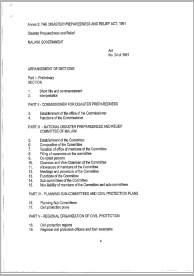
An act to make provisions for the coordination and implementation of measures to alleviate the effects of disasters.
The following is a list of all conten labeled as "Community based DRR"

An act to make provisions for the coordination and implementation of measures to alleviate the effects of disasters.
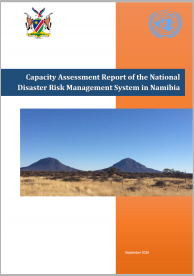
The national capacity assessment identified existing capacities, gaps and needs related to disaster risk management, and proposed a set of prioritized recommendations on how these capacities can be strengthened.
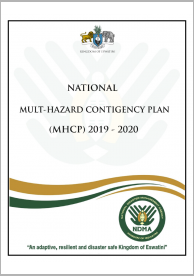
The updated National Multi Hazard Contingency Plan (MHCP) is fundamental for better preparedness at all levels, anticipating potential hazards, response readiness with provision for emergency assistance therefore, minimizes the impact, saves lives and ease sufferings of the affected population.

This document presents the Swaziland Resilience Strategy and Action Plan (SRSAP), which is aimed at making the country safer, adaptive and more resilient to all hazards for all generations.

This policy seeks to provide a well coordinated framework to disaster risk management and disaster risk reduction in Swaziland aligned to national development instruments, regional and international instruments for Disaster Risk Management and Disaster Risk Reduction as well as current and emerging sustainable development challenges such as climate change.
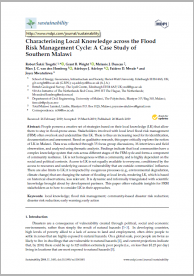
People possess a creative set of strategies based on their local knowledge (LK) that allow them to stay in flood-prone areas. Stakeholders involved with local level flood risk management (FRM) often overlook and underutilise this LK. There is thus an increasing need for its identification, documentation and assessment.

Current flood risk strategies in Malawi are characterized by community-based flood risk management (CB-FRM), even though studies explicitly documenting evidence of successful CB-FRM remain limited. This paper investigates the realities and challenges of CB-FRM as seen through a lens of different stakeholders.
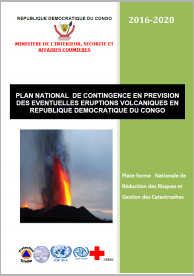
This National Contingency Plan covers the period from 2016-2020 and is specific for the responsible management of a possible volcanic eruption in North Kivu Province whose lives of more than one million (1,000,000) people and the entire ecosystem in Goma and its surroundings are between active volcanoes (Nyiragongo and Nyamulagira) and Lake Kivu, which has a high concentration of gases.

This Strategy is divided into nine priority axes which are:
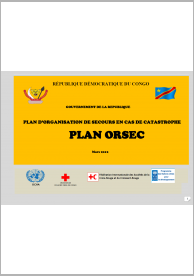
The ORSEC PLAN is intended to be a first step and a very important step in the perspective of the constitutional response to the question of national emergencies, constituting for the government a first-hand tool allowing it, not only, to know who is responsible for what task in case of which circumstance, but also the modality of activation of it and the coordination of intervention activities